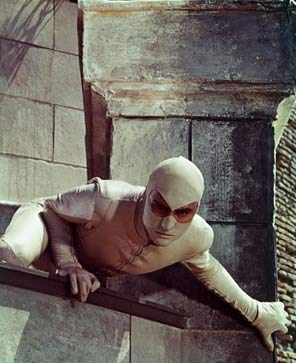‘Till I collapse freestyle
In “What Technology Wants,” Kelly provides an engaging journey through the history of “the technium,” a term he uses to describe the “global, massively interconnected system of technology vibrating around us,” extending “beyond shiny hardware to include culture, art, social institutions and intellectual creations of all types.”
We learn, for instance, that our hunter-gatherer ancestors, despite their technological limitations, may have worked as little as three to four hours a day.
Since then, the technium has grown exponentially: while colonial American households boasted fewer than 100 objects, Kelly’s own home contains, by his reckoning, more than 10,000. As Kelly is a gadget-phile by trade, this index probably inflates the current predominance of technology and its products, but a thoroughly mundane statistic makes the same point: a typical supermarket now offers more than 48,000 different items.
Kelly argues convincingly that this expansion of technology is beneficial. Technology creates choice and therefore enhances our potential for self-realization. No longer tied to the land, we can become, in principle, what we want to become. (…)
Kelly’s exploration of the factors underlying these trends, however, is more controversial. He sees evolution — both biological and technological — as an inexorable and predictable process; if life were to begin again on Earth, he argues, we’d see not only the re-evolution of humans, but humans who would invent pretty much the same stuff. To support his claims, Kelly describes parallel inventions on different isolated continents (the blowgun and the abacus, for example), and the presence of near-simultaneous inventions in modern times (the light bulb was invented at least two dozen times).



